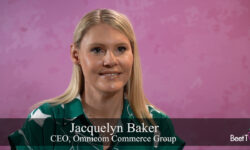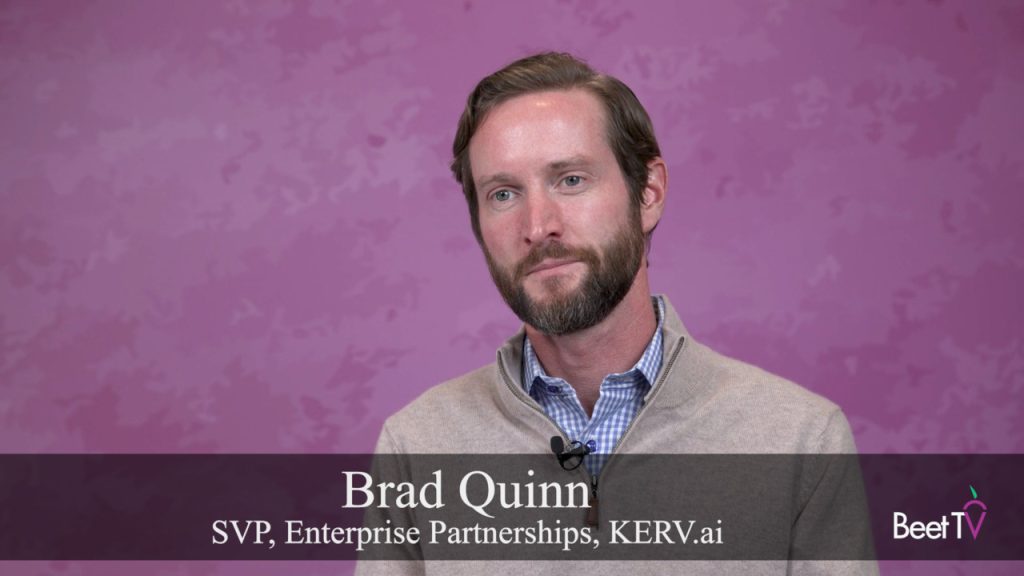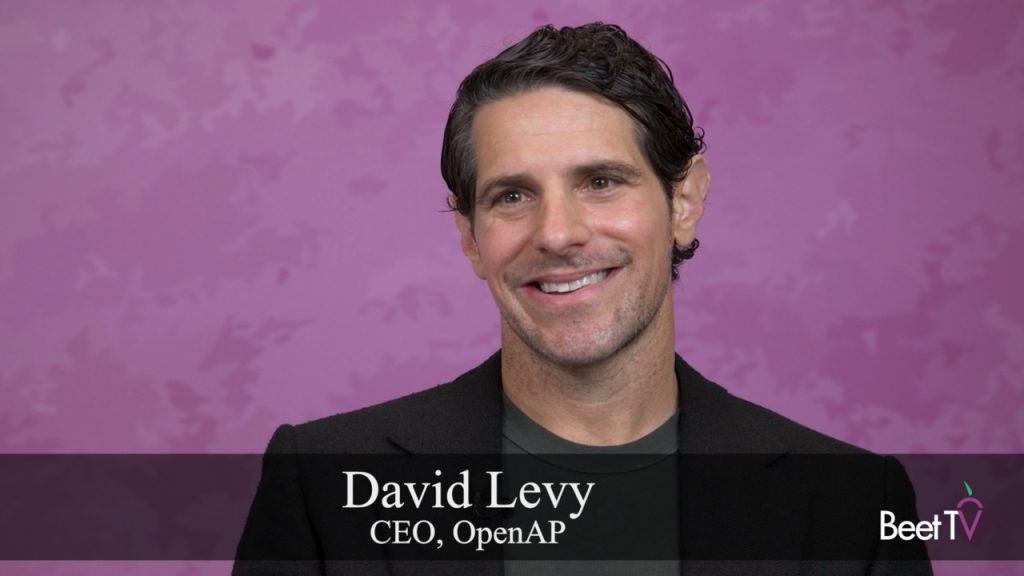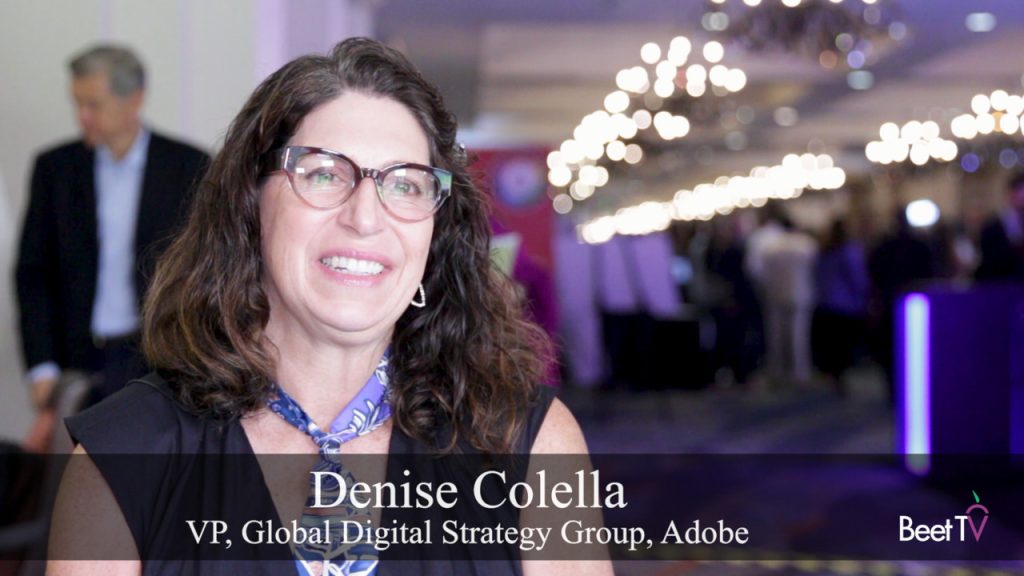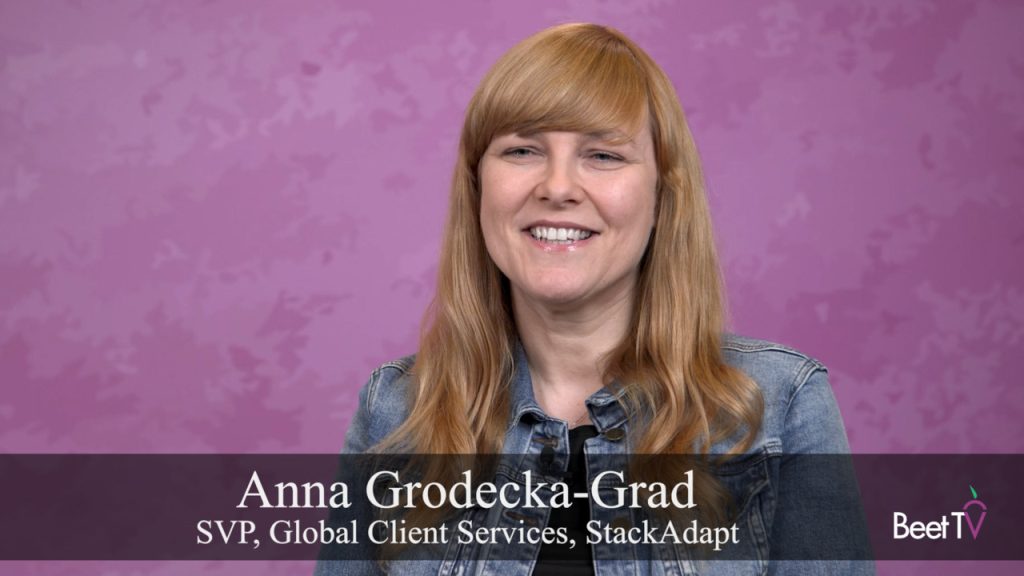SAN JUAN, PR — One of the hottest software trends in ad-tech has been the emergence of “clean rooms”.
The software helps companies combine and overlay data sets in a privacy-compliant manner, allowing for deduplication, segment creation and so on.
For Gillian Rudich, VP, Strategic Partnerships, TransUnion, clean rooms offer transparency and privacy, as well as new possibilities.
Identity Beyond One-Size-Fits-All
“We know there’s not a one size fits all,” Rudich says, in this video interview with Beet.TV, emphasizing the importance of tailoring identity graphs to specific industry needs.
“Our customers can configure the graph and their needs dependent on the frequency in which it was matched to a person, how probabilistic the data is, how the data was conceived,” says Rudich.
This level of customization is an attempt to gain traction in an ecosystem where different campaigns and objectives require distinct data sets.
The ability to discern the value of data as either deterministic or probabilistic, and the metadata accompanying it, could empower customers to craft a more precise identity view.
The Rise of Data Clean Rooms
With the spotlight on consumer privacy, data clean rooms have emerged as a hot topic in the last couple of years.
For Rudich, the shift towards clean rooms signifies a foundational change in data management. “The big difference of moving to a clean room is the data never leaves, so it stays within your clean room environment,” she explains. This not only enhances security but also speeds up processes and reduces costs.
TransUnion’s approach to clean rooms involves embedding their identity spine within platforms like Snowflake. “You can call on our native app to do different things for you – resolution, enrichment, all of that stuff,” she elaborates. This integration allows for complex operations like the creation and activation of custom segments based on first-party data, all within the clean room’s secure confines.
Collaborative Efficiency Without Compromise
The ingenuity of clean rooms also lies in their facilitation of collaboration between different stakeholders in the advertising ecosystem. “If two parties wanted to speak to one another – so let’s say the buy and the sell side – they could have their own clean room environments,” Rudich points out.
By leveraging a third-party identity provider, companies can maximize their data overlap without any actual data movement.
This novel approach to collaboration safeguards data while maintaining operational efficiency. “It really ensures that the data’s secure, it moves really quickly, it’s more economical than the old way, and it’s operationally more efficient,” Rudich highlights.
You’re watching Beet.TV’s coverage of Beet Retreat San Juan 2024. This series and event is sponsored by Albertsons Media Collective, Moloco, OpenX and TransUnion. For more videos from the series, please visit this page.





















